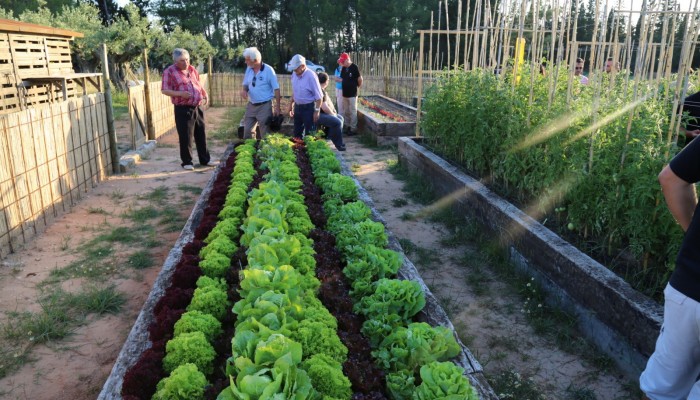
Do a search for images of dirt in Google and you might be surprised to find that the vast majority of returned images are of a substance that we ought to be protecting and treasuring, rather than dismissing as something unclean and without value: soil. It’s not the first time we’ve featured this precious resource on GeoLog recently, remember that post about soil in art? It’s not without reason either, soils play a key role in the Earth System.
“The hydrological cycle is determined by soil infiltration, the carbon cycle by soil behaviour as sink or source of CO2, rocks are weathered and form soils, fauna and flora live from and in the soil, and so on,” explains Artemi Cerdá, former president of the Soil System Sciences Division and Lecturer at the University of Valencia.
Soils also have a central role in human societies, as they are the source of services, goods and resources. Food is the most important resource we have from soils. Not only that, there is a cultural heritage for human societies related to soils: complex human organisations developed thanks to agriculture. After 12000 BP, humans developed a new strategy to exploit the land by farming, and since then our entire world was modified: welcome to the Neolithic revolution!
Modern day gardens are the best example of agriculture (in its true form, that is); they transform natural soils into man-made ones which produce vegetables and generate cultural landscapes all over the world. Take Mediterranean gardens, for instance, they hold the key to a millennia old tradition of irrigation, soil management and plants which arrived from all over the world. They are a great example of the interaction of humankind and the Earth System.
“There, in the gardens, a mixture of minerals, water, air, and biota, with the wise management of farmers, results in beautiful landscapes. And they produce food! Mediterranean gardens are one of the most productive due to the wisdom of farmers, the warm climate and the water supplied during drought periods by the flood irrigation,” says Artemi, who is passionate that this heritage must be preserved.
Artemi took today’s Imaggeo on Mondays picture, which shows the Gardens of the Celler del Roure in Les Alcusses valley in Eastern Spain. They produce high quality wine through the sustainable management of their soils, and they also produce their own vegetables. At the same time, they are a creating a modern landscape and perpetuating the heritage of Mediterranean vegetable production.
“One of our options, if we wish to have a sustainable society, is to use the knowledge in our gardens in vacant sites in the cities, in urban sprawl, in our balconies, in city gardens, and especially in our schools and colleagues because if the knowledge is lost we lose the most precious commodity we have. Gardens are more than a source of food; they are a source of culture, inspiration and millennia old knowledge,” concludes Artemi.
By Artemio Cerdá, Lecturer at the University of Valencia and Laura Roberts, EGU Communications Officer.
Imaggeo is the EGU’s online open access geosciences image repository. All geoscientists (and others) can submit their photographs and videos to this repository and, since it is open access, these images can be used for free by scientists for their presentations or publications, by educators and the general public, and some images can even be used freely for commercial purposes. Photographers also retain full rights of use, as Imaggeo images are licensed and distributed by the EGU under a Creative Commons licence. Submit your photos at http://imaggeo.egu.eu/upload/.

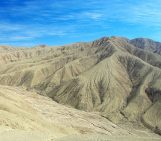
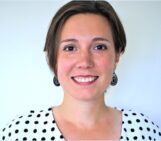
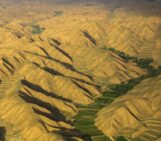
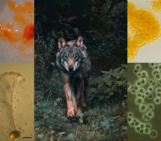
Pingback: Environmental Questions and Answers for Petrol Fans (by Diego Fdez-Sevilla, PhD.) | diego fdez-sevilla, PhD.
Pingback: GeoLog | Geosciences Column: The World’s Soils are under threat